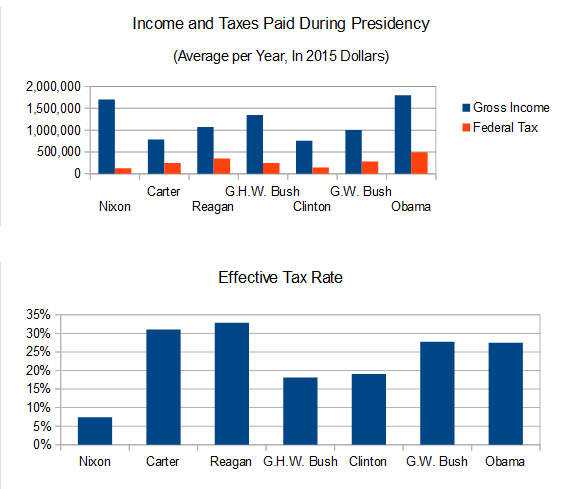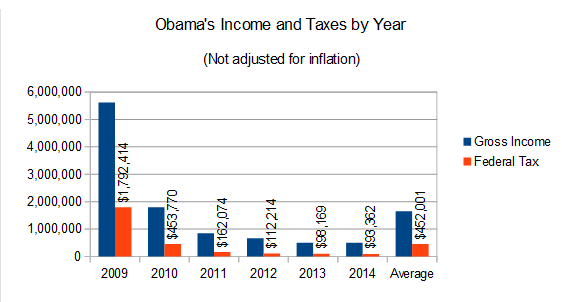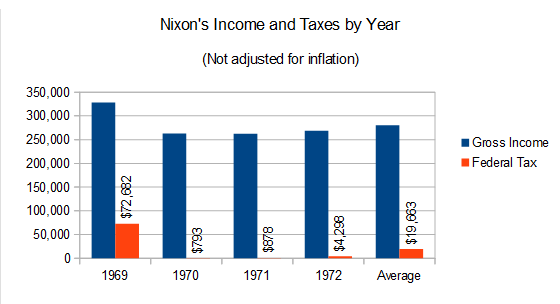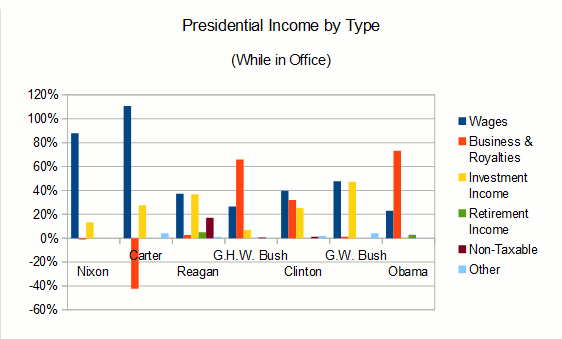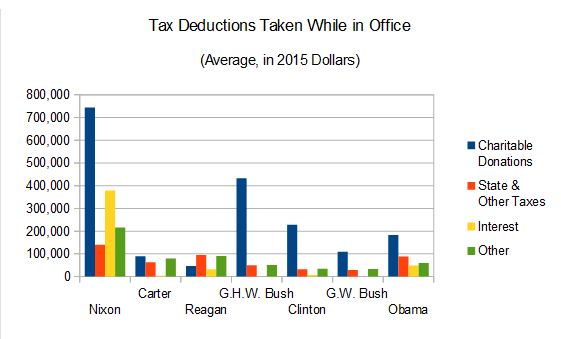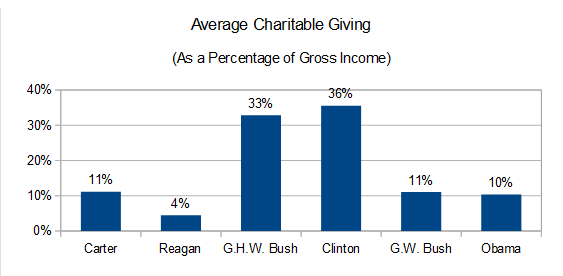A few weeks ago, John Oliver ran an excellent segment on Last Week Tonight about the District of Columbia, and the lack of Congressional representation or local control that its residents have. Washingtonians have nominal home rule under a city government, but Congress has the final say over their laws and budget. They were not allowed to vote for President until 1961, and while they can elect a single delegate to Congress, that delegate has no vote there. One aspect that Oliver addressed was the movement to grant statehood to the District, and the reasons why it should, but won't, happen. He got one thing wrong, though, by saying that DC statehood would require a change to the U.S. Constitution. With one caveat that I'll get to shortly, there's no need for a Constitutional amendment.
The Constitution set the stage for the federal district in Article I, Section 8, which grants Congress the power "to exercise exclusive legislation in all cases whatsoever, over such District (not exceeding ten miles square) as may, by cession of particular states, and the acceptance of Congress, become the seat of the government of the United States." It doesn't say where the district should be located, or set a minimum size, only a maximum size. Arguably, it doesn't even require a district to be established; it only gives Congress the power to do so. This power was exercised under the Residence Act, with Maryland and Virginia ceding territory for the district. The portion west of the Potomac was returned to Virginia in 1847.
If Congress were inclined, they could admit New Columbia (so named by Washington voters in a 1982 state constitutional convention) into the Union without any violation of Article I, just as they retroceded territory back to Virginia. They could satisfy any need for a federal district by re-drawing the borders, shrinking the district to a bare minimum size, including the White House, Capitol Building and Supreme Court, and perhaps other federal facilities. This isn't a new idea, but if I were in charge of drawing the new district, here's how I would do it: (Edit: looks like this doesn't work on mobile browsers; click here to view as a plain image.)
If you'd like to explore the new district in Google Earth, you can download an KML file of this map.
This redrawn federal district would be about 2.65 square miles, less than 4% of the 68.3 square miles it currently covers. I've attempted to draw the borders to include not only the seats of the three branches of government, but as many other federal departments and national monuments as I could pack together adjacently, while including no permanent residential areas and as few private businesses as possible. Placing federal agencies in the district is a worthwhile convenience, but ultimately not a requirement; after all, one of the largest department headquarters, the Pentagon, is outside of even the modern-day District. The most important thing is to make sure that all Washington residents live outside of the district, so they can enjoy the enfranchisement benefit of statehood.
We're overlooking a few very important residents, though - the President and his or her family. Normally, this wouldn't be an issue, since Presidents are generally considered legal residents of their home state, only living in Washington due to a temporary work assignment. They continue to vote and pay state income tax in their home state. However, a President could arguably claim legal residency at the White House, especially if they did not maintain a home elsewhere. (Bill Clinton, for example, did not own any property in Arkansas during his Presidency, though he still claimed residency there.) Why does this matter? This is where my Constitutional caveat kicks in: the 23rd Amendment. This is the amendment that granted residents of the capital district the right to vote for President. Left intact, it could potentially allow the President (and the First Family) single-handedly wield three electoral votes in their own re-election or successor's election, a totally preposterous and abusive (and kind of hilarious) loophole. Repealing the 23rd would be the ideal solution to this problem, but in the meantime, we could get around it legislatively by just requiring the President to claim residency in their home state. (Even if a Washingtonian were elected, they would be a resident of the state of New Columbia, not the district, so no problem there.)
How would the state of New Columbia be organized? Given that the city of Washington would span across the entire state, it would probably make sense to have a consolidated city-state government, rather than have both a Governor and Mayor with overlapping responsibilities. This consolidated structure is already used on a smaller scale in some states, such as Virginia, where some cities are considered independent of any county and behave as counties unto themselves. Washington/New Columbia would be unique as a three-layer consolidation, acting as city, county and state government; though some authorities might be delegated to the equivalent of a city council. Washington would probably cede control of the new federal district back to Congress with a repeal of the DC Home Rule Act, creating an enclave that is within the city of Washington but is not a part of it.
Mail would be a minor issue to be resolved. There's no telling what New Columbia's postal abbreviation would be, since the logical one is already owned by my home state, North Carolina. They could save the Postal Service, and programmers everywhere, a lot of bother by just sticking with DC, even if it no longer stands for anything. (Whether the new federal district would keep the old name, despite the potential for confusion with the state, would be a question for Congress.) Whatever abbreviation the state uses, it would be easier for all involved if addresses within the new federal district followed the state's example. It wouldn't be unprecedented for the Postal Service to use addresses that don't follow their legal location; most people who live outside of any city limits will still put the nearest city in their mailing address.
Finally, of course, the U.S. flag would need to be updated. There are a lot of potential designs kicking around for 51 star flags (and even 52 stars, in case Puerto Rico is also admitted to the Union). Of course, as a scientician, I have my own idea...
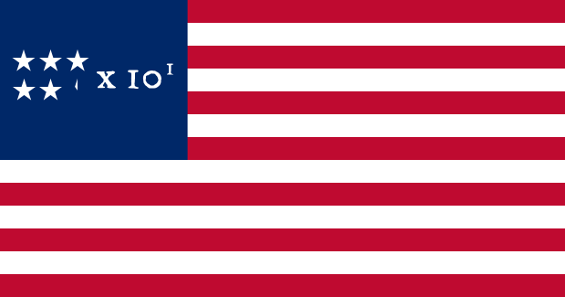
There are a number of objections to the idea of DC statehood. The reason that the seat of government was settled in a federal district in the first place (after bouncing around Philadelphia, New York, and other cities for a quarter century) was for the federal government to provide for its own security, maintenance and operations. It's difficult to say what practical purpose that Washington's privately-owned outskirts serve in supporting these goals. I believe that the reduced-size district would be plenty capable of it.
The small size of would-be New Columbia gives rise to the concern that they would have outsized influence in national politics. With a population of more than 650,000, Washington is already larger than Vermont or Wyoming; you may as well complain about those states' influence, and that of all other small states (which is a legitimate issue, and one that I've covered before). And since DC already has three electoral votes under the current situation, their influence there would not change.
Lastly, there's the idea that because the state of New Columbia would be completely urbanized by the city of Washington, their influence may steer national policy away from rural interests. This has been an issue of contention since our nation was founded, and is one of the main reasons for some of our more peculiar approaches to (ir)representative democracy. However, in the modern-day political climate, it's been my observation that when someone talks about "urban vs. rural" interests, what they really mean is "liberal vs. conservative." It's clear that New Columbia would be a heavily Democratic state, which is a primary reason that Republicans in particular oppose the statehood movement. But if Washingtonians were predominantly conservative, I would still advocate for fair representation or statehood. The disenfranchisement of a population for political reasons has no place in the American experiment.

